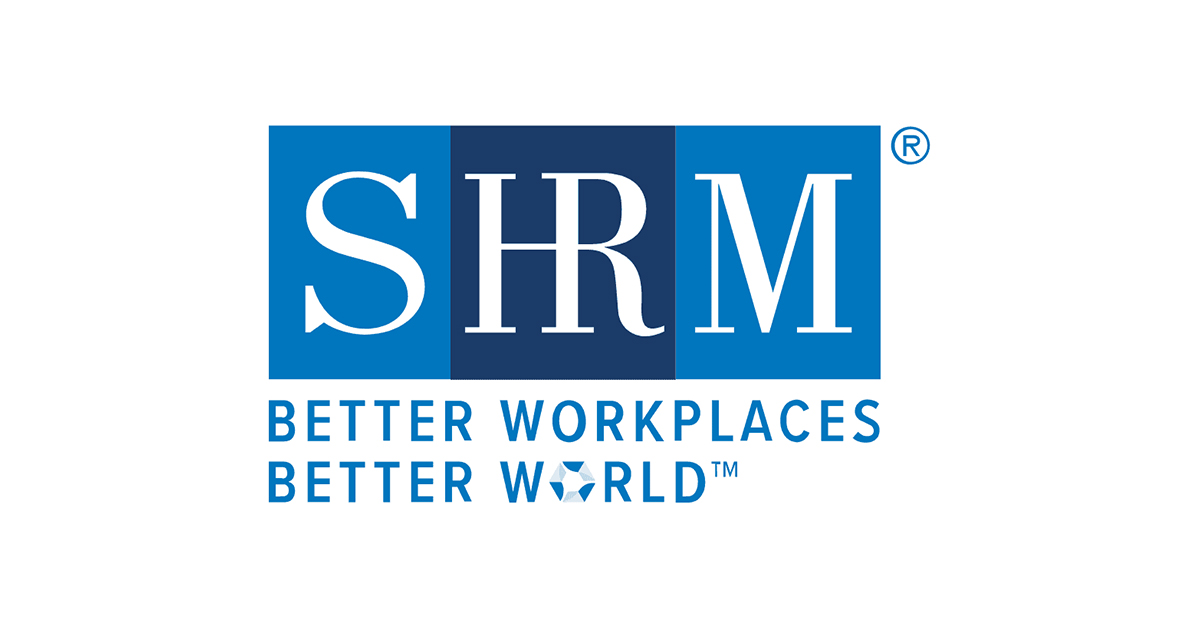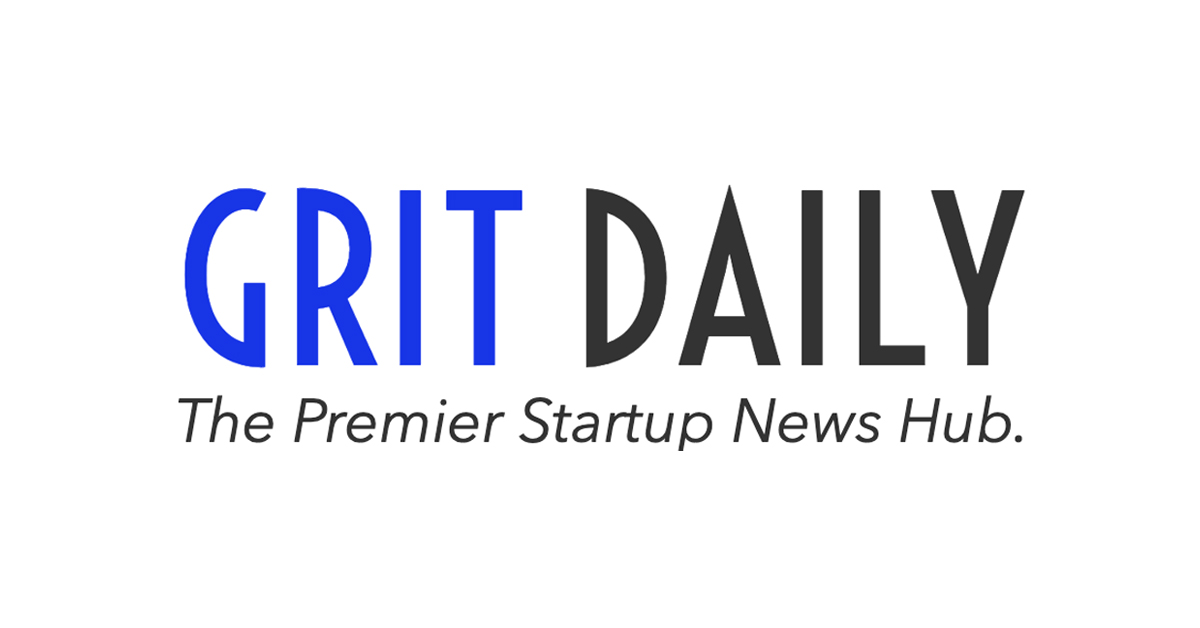In the ever-evolving landscape of the modern workplace, the specter of harassment looms large, casting a dark shadow on the professional realm. While the #MeToo movement has undeniably sparked a heightened awareness surrounding sexual harassment, it is crucial to acknowledge that harassment in the workplace transcends singular categories. Harassment, in its various forms, continues to persist as a pervasive issue, affecting employees across diverse dimensions such as race, gender, sexual orientation, disability and more.

The rapid acceleration of technological advancements has brought about new challenges in the realm of workplace harassment. The digital age has given rise to cyberbullying and online harassment, blurring the lines between personal and professional spheres. Social media platforms, once considered external to the workplace, now serve as virtual extensions of the office, creating new avenues for harassment to manifest. Employees may find themselves subjected to unwarranted scrutiny, derogatory comments or exclusionary practices online, amplifying the need for organizations to adapt their strategies in addressing these emerging challenges.
Moreover, the global shift towards remote and hybrid work models has introduced novel complexities to the dynamics of harassment. As virtual communication becomes the norm, instances of harassment may manifest through digital channels, making it imperative for HR and employee relations professionals to stay vigilant and proactive in identifying and mitigating such behaviors. The boundaries between professional and personal life have become increasingly porous, necessitating a nuanced understanding of the ways in which harassment can infiltrate the virtual workspace.
In this dynamic landscape, it is evident that workplace harassment demands a comprehensive and evolving response. Organizations must go beyond a narrow focus on specific types of harassment and adopt a holistic approach that addresses the multifaceted nature of this pervasive issue. By staying attuned to the evolving nuances of harassment in the workplace, ER professionals can play a pivotal role in cultivating environments where every employee feels safe in the workplace – long before things escalate.
Here are the 10 most common types of workplace harassment to be on the lookout for:
- Sexual Harassment
- Quid Pro Quo
- Hostile Work Environment
- Discriminatory Harassment
- Disability Harassment
- Racial Harassment
- Sexual Orientation Harassment
- Gender Identity Harassment
- Ageism
- Religious Harassment
- Personal Harassment
- Physical Harassment
- Verbal Harassment
- Psychological Harassment
- Power Harassment
- Online Harassment (Cyberbullying)
- Retaliation
- Third-Party Harassment
1. Sexual Harassment in the Workplace
From unwelcome and offensive comments to unwanted physical advances and requests for sexual favors, sexual harassment is one of the most common and familiar forms of workplace harassment. Sexual harassment can be verbal or physical, both of which are discriminatory. Examples of sexual harassment include:
- Unwanted touching
- Unwanted sexual gestures
- Sexual jokes, comments or questions
- Requests for sexual favors
The only effective way to address this pervasive type of harassment is to bring it to the surface. Unwelcome sexual advances and inappropriate sexual remarks between employees happen, and although sexual harassment towards women is most common, people of all genders can be both victims and perpetrators.
Quid Pro Quo Sexual Harassment
The Latin phrase “quid pro quo” translates to “something for something” or “this for that”. It is used to describe an exchange of services (or goods) in return for a favor.
In the event of quid pro quo harassment, an employee in a superior position may demand sexual favors from a subordinate employee in exchange for a benefit, such as a pay increase or promotion. They also may threaten consequences, such as termination, demotion or withholding a promotion, if the subordinate does not comply. Unfortunately, employees who find themselves in a quid pro quo situation may feel coerced into complying, leading to a detrimental impact on their well-being.
Hostile Work Environment
A hostile work environment consists of discriminatory harassment, victimization, violence or offensive conduct as defined by the EEOC. This unwanted behavior is usually severe, persistent and disruptive to the complainant’s work. It is typically based on race, color, religion, sexual orientation, gender identity, pregnancy, national origin, disability and more. For more information on a hostile work environment, check out this blog.
2. Discriminatory Harassment
Discriminatory harassment involves unwelcome, offensive and negative behavior or intentions towards an individual or group based on legally protected demographic attributes. This type of harassment at work may be verbal, written or physical. Discrimination in the workplace is illegal and should never be tolerated, but sadly still occurs.
One example of discriminatory harassment is racial discrimination. According to the 2023 Workplace Harassment and Misconduct Insights, black employees are more likely to encounter racial discrimination, with 61% having encountered discrimination, compared to only 40% of total employees.
Other types of discriminatory harassment in the workplace include disability harassment, sexual orientation harassment, gender identity harassment, ageism and religious harassment.
Disability Harassment
Disability harassment, one of the most widespread forms of harassment in the workplace, refers to unfavorable treatment or harassment of employees with a physical or mental disability. According to the Americans with Disabilities Act, “a person is considered disabled, if he or she either actually has, or is thought to have, a physical or mental impairment that substantially limits what the ADA calls a “major life activity,” including walking, talking, seeing and learning. This type of illegal harassment can also include people with life-threatening diseases such as cancer and ongoing diseases like lupus and MS.
So, what does this type of harassment look like in the workplace? It can be overt, such as using slurs, making inappropriate jokes, or excluding employees from certain work-related functions, or it can be more subtle.
For example, a manager may pass up an employee in a wheelchair for a job that requires driving long distances based on the incorrect assumption that they can’t handle the task at hand.
Learn from the best in ER & HR
Racial Harassment
Racism is everywhere, but identifying racial harassment in the workforce can be complicated. What one employee may call “an innocent joke” may be perceived as purposefully demeaning, or even threatening to the joke’s recipient.
Racial harassment in the workplace may consist of:
- Displaying racist symbols on or offline
- Mocking a person’s accent
- Making unwelcome comments about a person’s race
- Telling derogatory jokes
- Using racial slurs
- Expressing general intolerance toward any particular race group
Sexual Orientation Harassment
Sexual orientation harassment includes derogatory, offensive or demeaning remarks based on a person’s sexual orientation. Regardless of sexual orientation – whether lesbian, gay, heterosexual, bisexual, queer, pansexual, polysexual or asexual – harassment based on this is also considered illegal In the United States.
According to the 2023 Workplace Harassment and Employee Misconduct Insights report, 17% of employees experienced or witnessed sexual orientation-based harassment at work.
Some examples of sexual orientation harassment in the workplace include:
- Making offensive jokes or teasing someone about their orientation
- Spreading rumors about someone’s sexual orientation
- Sharing personal information regarding someone’s orientation
- Asking someone inappropriate questions about their sexual orientation
- Initiating or engaging in gossip regarding someone’s sexual orientation
Gender Identity Harassment
Gender identity harassment occurs when someone is discriminated against because of their gender identity. The 2023 Workplace Harassment and Employee Misconduct Insights reported that 22% of employees have experienced or witnessed gender-based harassment at work. Further, transgender employees were more likely to experience harassment, with 83% having experienced or witnessed gender-identity harassment at work.
Gender identity harassment may look like the following:
- Negative expressions towards those who do not conform to traditional gender norms
- Slurs and offensive language
- Making distasteful references
- Using hurtful gender-related nicknames
Ageism
It is illegal in the U.S. to discriminate against someone based on their age at work. Ageism in the workplace is a form of bias and discrimination towards someone based on their age. This can occur to both older and younger employees. For example:
- A qualified employee may be bypassed for an opportunity due to unfairly criticized limited skills
- An employee may be deliberately excluded from work events, discussions or assignments
- An employee may be bullied or mocked due to wrong assumptions based on their age
- An employee may receive negative remarks or insults regarding generational gaps
According to a 2019 study on “Ageism in the Workplace” age discrimination is surprisingly common… and growing quickly. More than 1 in 3 workers feel their age has prevented them from getting a job after turning 40. And worse, age discrimination is vastly underreported with employees neglecting to file a claim with HR due to fear of retaliation.
Religious Harassment
Religious harassment in the workplace targets a person due to their religious beliefs, another protected characteristic at work. An employee who practices a different religion than most of their colleagues may face this type of discriminatory harassment.
Religious harassment in the workplace may look like:
- Stereotyping based on religion
- Intolerant comments regarding religious holidays, traditions, customs or apparel
- Inappropriate jokes based on religion
- Pressure to convert
3. Personal Harassment
Personal harassment specifically targets a victim based on the employee’s personality, looks or work. This behavior may occur both inside and outside of the workplace, such as at a work event.
Like any type of workplace harassment, this behavior is unacceptable. However, personal harassment is typically not illegal, unless the behavior is based on a personal, protected characteristic.
Depending on the severity of the incident, one single incident may be enough to be considered personal harassment.
Examples of what personal harassment may look like includes:
- Making disrespectful or inappropriate remarks or comments
- Intentionally embarrassing the victim
- Shaming the victim for their personal beliefs
- Purposely intimidating the victim
4. Physical Harassment
There are varying degrees of physical harassment, but each one of them is detrimental regardless of severity. Even if the harm is not severe, any form of physical harassment is still considered harassment and could even be considered assault in certain circumstances.
Forms of physical harassment include (but are not limited to):
- Unwanted touching of skin, clothing, hair or any other part of the body
- Damage to personal property
- Threats of physical violence
5. Verbal Harassment
Verbal harassment is often harder to pinpoint, as it usually occurs when someone is repeatedly rude or disrespectful. It typically consists of:
- Offensive gestures
- Demeaning remarks
- Unreasonable criticism
- Insults
- Slurs
- Hurtful comments
- Unwanted jokes
- Gossiping and starting rumors
- Body-shaming
6. Psychological Harassment
Arguably the hardest form of harassment to identify, psychological harassment affects victims mentally, not physically. Mental workplace harassment consists of repeated hostile and unwanted words, actions or behaviors that are painful, hurtful, annoying, humiliating or insulting. Examples of psychological harassment include:
7. Power Harassment
Power harassment is a type of workplace harassment that involves a superior who uses their power to harass subordinates. Power harassment is not limited to a certain type of harassment and can look like:
- A boss offering a spot on a prestigious project in exchange for sexual favors (sexual + power harassment),
- Impossible work expectations and deadlines (psychological + power harassment),
- Inappropriate comments about the subordinate’s race (discriminatory + power harassment)
8. Online Harassment (Cyberbullying)
Many organizations transitioned to a remote or hybrid work model since the height of COVID, which means that employees are communicating digitally more than ever. Cyberbullying, or online harassment, consists of an action such as posting threats or demeaning comments on a social platform, bullying the victim, often via a fake persona, and making false allegations online. But it can also include an offensive statement via work messaging platforms or email. It’s also important to note that while other forms of harassment typically require repeat offenses, a single instance of cyberbullying may be enough to count as online harassment.
9. Retaliation
Retaliation is also a form of harassment in the workplace that usually occurs when the harasser wants to get revenge for something. It can take the form of discriminatory, verbal or physical harassment.
Unfortunately, almost half of employees fear retaliation when reporting workplace issues. This is one of the reasons why an aftercare routine following a workplace investigation is so important. Appropriate aftercare can help prevent and avoid workplace retaliation. Organizations may also offer anonymous reporting tools to help employees feel more comfortable with reporting workplace issues without fear of retaliation.
In many cases, retaliation is illegal. For example, the following are actions that are legally protected from retaliation:
- Reporting a workplace issue, whether as a witness or complainant
- Participating or serving as a witness in a workplace harassment investigation
- Encouraging/referring a colleague to HR for workplace issues
- Requesting accommodations due to religious or disability requirements
10. Third-Party Harassment
Third-party harassment involves someone from outside of the business, such as a client, vendor, supplier, contractor or customer. This type of behavior can consist of any type of harassment including discrimination, quid pro quo, cyberbullying, sexual harassment and more. Organizations must prioritize employee safety and take action to address and resolve third-party harassment claims.
How HR Acuity Helps Prevent and Address Workplace Harassment
Preventing and addressing workplace harassment starts with a strong, consistent process that ensures every concern is taken seriously. Employees need a secure way to report harassment, and organizations must have a structured system for documenting and addressing incidents fairly. HR Acuity provides the tools to make that happen.
With anonymous employee reporting, employees can safely share concerns, fostering a culture of trust. Our risk management and compliance solutions help ER/HR teams track patterns, conduct thorough investigations and take proactive steps to prevent future issues.
Ready to see how HR Acuity can help your organization strengthen its approach to workplace investigations? Schedule a Curiosity Tour with our team today.
More Articles on Sexual Harassment
Sexual Harassment and Assault Victims Finally Get Their Day in Court
Managers and HR Need to Work Together to Prevent Harassment
Two Years of #MeToo: Evaluating the Impact on Employees
Ready to Get Started?
Request a demo of our employee relations case management and investigations software.




